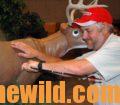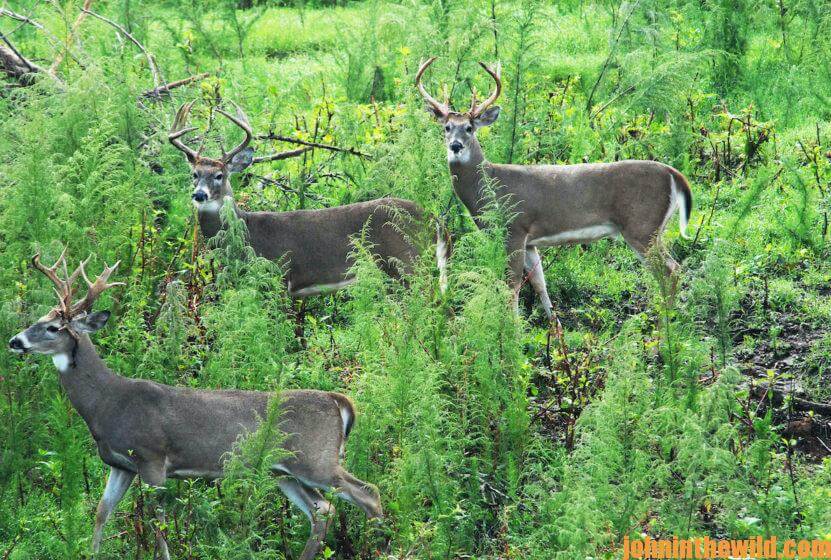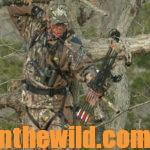Editor’s Note: With bow deer season getting ready to start in some states, remember that no matter how good a bowhunter you already are, this fun quiz can make you even better.
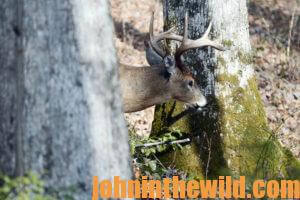 4) You’re sitting in your tree stand when you notice a fine 8-point buck feeding in your direction. The deer stops behind a thicket as you stand to prepare to make your draw. The deer sticks his head out from behind the thicket. You draw. The only shot you now have is a neck shot at 30 yards. The deer’s neck remains outstretched for a long time, while you’re still holding your bow at full draw. Do you:
4) You’re sitting in your tree stand when you notice a fine 8-point buck feeding in your direction. The deer stops behind a thicket as you stand to prepare to make your draw. The deer sticks his head out from behind the thicket. You draw. The only shot you now have is a neck shot at 30 yards. The deer’s neck remains outstretched for a long time, while you’re still holding your bow at full draw. Do you:
(a) release the arrow and try for a neck shot?
(b) wait for the deer to put his head down, ease your arrow down and wait for a better shot?
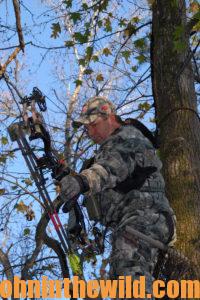 Answer: The correct answer is (b) wait for the deer to put his head down, ease your arrow down and wait for a better shot. Bring your arrow back to the rest position. The neck shot on deer is a difficult shot at best. If the bowman has been holding his bow at full draw for a long time, his muscles are tired, and his chances of making a clean shot are greatly reduced. If and when the buck steps from cover, the hunter will have a much-broader target to shoot at and a better chance of taking this buck. If the deer doesn’t step from cover, the hunter has an opportunity to move his stand after the deer is gone and hunt that same deer another day. If the hunter shoots and misses the deer, his chances of getting a shot on that same deer in that identical place will be reduced greatly. Many times archers are so anxious to take their shots that they don’t wait on the best shots – even if those best shots may have to take place on another day.
Answer: The correct answer is (b) wait for the deer to put his head down, ease your arrow down and wait for a better shot. Bring your arrow back to the rest position. The neck shot on deer is a difficult shot at best. If the bowman has been holding his bow at full draw for a long time, his muscles are tired, and his chances of making a clean shot are greatly reduced. If and when the buck steps from cover, the hunter will have a much-broader target to shoot at and a better chance of taking this buck. If the deer doesn’t step from cover, the hunter has an opportunity to move his stand after the deer is gone and hunt that same deer another day. If the hunter shoots and misses the deer, his chances of getting a shot on that same deer in that identical place will be reduced greatly. Many times archers are so anxious to take their shots that they don’t wait on the best shots – even if those best shots may have to take place on another day.
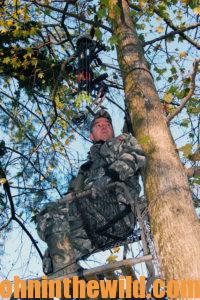 5) You have discovered a hot spot for deer from your scouting – possibly the hottest deer spot you ever have located in the woods. But you have failed to see deer feeding in this place after having hunted 3 consecutive days. To increase your odds of bagging a whitetail in this spot, you should:
5) You have discovered a hot spot for deer from your scouting – possibly the hottest deer spot you ever have located in the woods. But you have failed to see deer feeding in this place after having hunted 3 consecutive days. To increase your odds of bagging a whitetail in this spot, you should:
(a) hunt an hour later in the mornings and an hour earlier in the afternoons;
(b) hunt in the middle of the day; or
(c) hunt all day long.
Answer: The correct answer is (c) hunt all day long. Oftentimes when a bowhunter can’t see deer he knows are utilizing a particular feeding area, the deer may have become nocturnal or be using the feeding region at odd hours of the day. However, since a bowhunter doesn’t know what those hours are when the deer are feeding, unless he’s using trail cameras, the best tactic is to spend an entire day in a tree. Carry your lunch into the tree with you and a rope to tie yourself in, so if you become sleepy, you can continue to sit in the tree. This technique requires a dedicated bowhunter, but who ever said that bowhunting was easy? The archers who consistently bag their deer each season are the ones who pay the price for success. If you have done your homework and have found the place where the deer are concentrating, the only thing left to do is to stay in that spot until you see the deer.
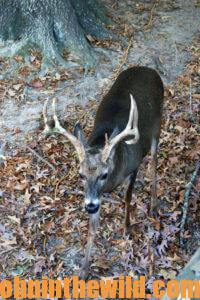 6) You have located a region where deer are moving in a neck of woods about 80-yards wide. Although you see deer walking through this region, you haven’t been able to concentrate the animals close enough to your stand to take a shot. To solve this hunting problem, you:
6) You have located a region where deer are moving in a neck of woods about 80-yards wide. Although you see deer walking through this region, you haven’t been able to concentrate the animals close enough to your stand to take a shot. To solve this hunting problem, you:
(a) put-up three tree stands, watch which tree stand the deer go by most of the time and then hunt that stand;
(b) pile-up brush, dead limbs and trees about knee to thigh-high from the outer edge of your hunting site toward the middle, so the brush forms two small fences that will funnel deer under your stand; and/or
(c) use a deer lure to bring in the animals closer to your stand.
Answer: The correct answer is (b) pile-up brush, dead limbs and trees about knee to thigh-high from the outer edge of your hunting site toward the middle, so the brush forms two small fences that will funnel deer under your stand. By building a small barrier from the outer edge of your hunting site on either side, you can funnel the deer directly under your tree stand. Although the deer easily can jump over the barriers of brush, usually they take the path of least resistance and will walk around the ends of the barriers, bringing them within bow range.
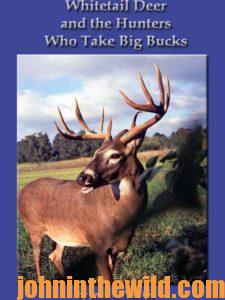 To learn more about hunting deer, check out John E. Phillips’ book, “Whitetail Deer and the Hunters Who Take Big Bucks,” available in Kindle, print and Audible at http://amzn.to/2bYwYOK. You may have to copy and paste this link into your browser. (When you click on this book, notice on the left where Amazon says you can read 10% of this book for free and hear 10% for free). On the right side of the page and below the offer for a free Audible trial, you can click on Buy the Audible book. To see more of John’s bowhunting books, visit http://www.amazon.com/author/johnephillips.
To learn more about hunting deer, check out John E. Phillips’ book, “Whitetail Deer and the Hunters Who Take Big Bucks,” available in Kindle, print and Audible at http://amzn.to/2bYwYOK. You may have to copy and paste this link into your browser. (When you click on this book, notice on the left where Amazon says you can read 10% of this book for free and hear 10% for free). On the right side of the page and below the offer for a free Audible trial, you can click on Buy the Audible book. To see more of John’s bowhunting books, visit http://www.amazon.com/author/johnephillips.
Tomorrow: Where to Bowhunt Deer

